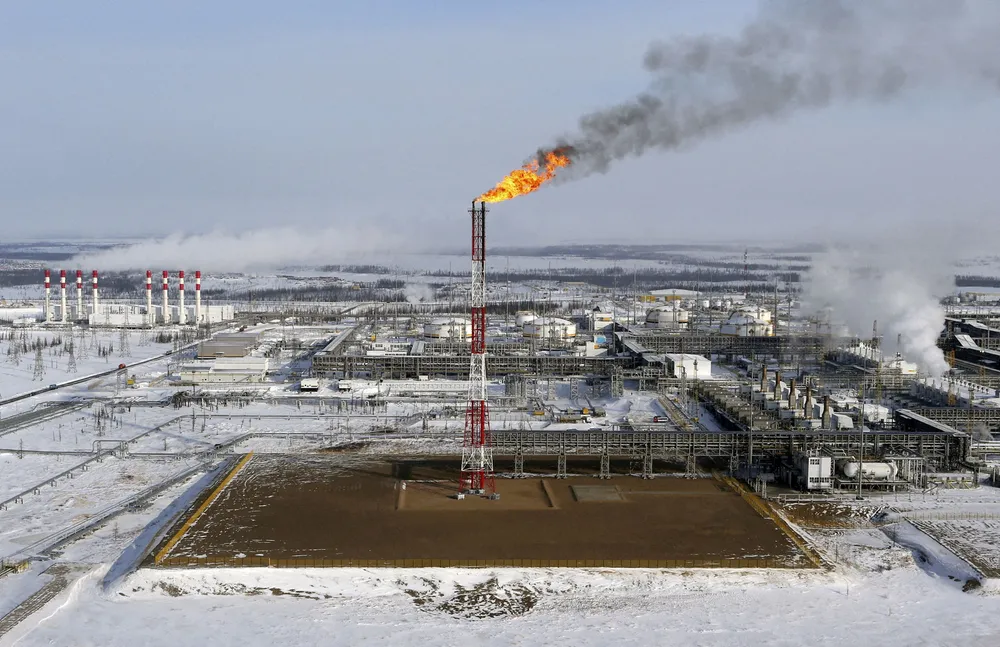Russia's Sakhalin 1 project sees three-fold decline in oil production
ExxonMobil-led development was the hardest hit venture in Russia, where some producers have seen their oil exports rising

ExxonMobil-led development was the hardest hit venture in Russia, where some producers have seen their oil exports rising
